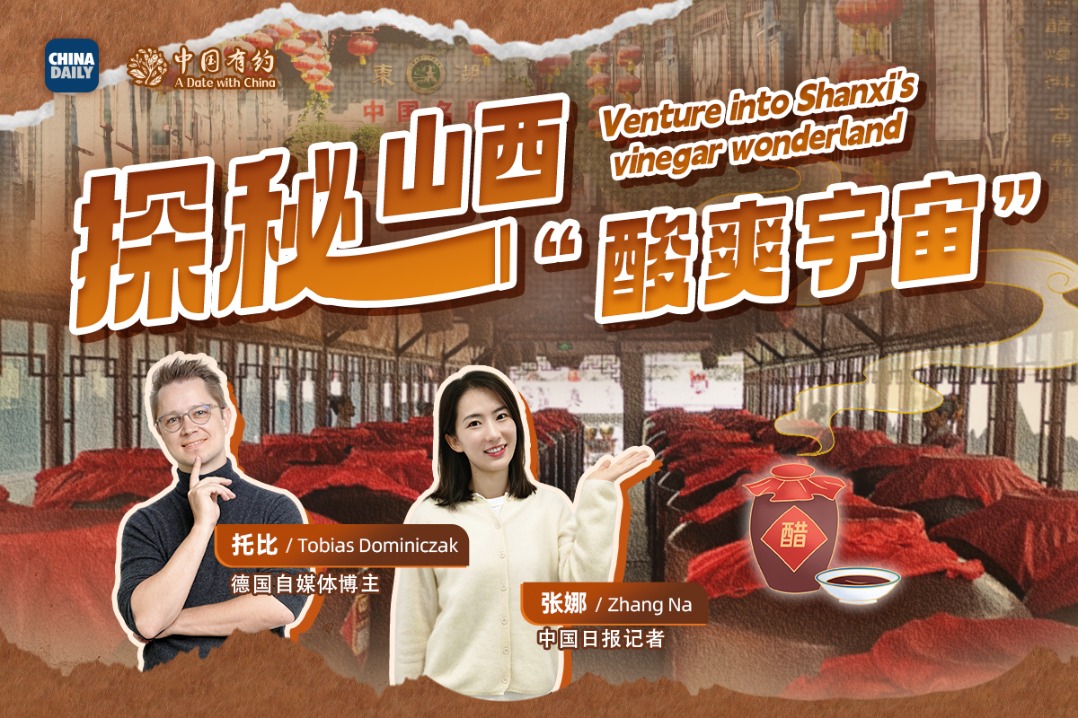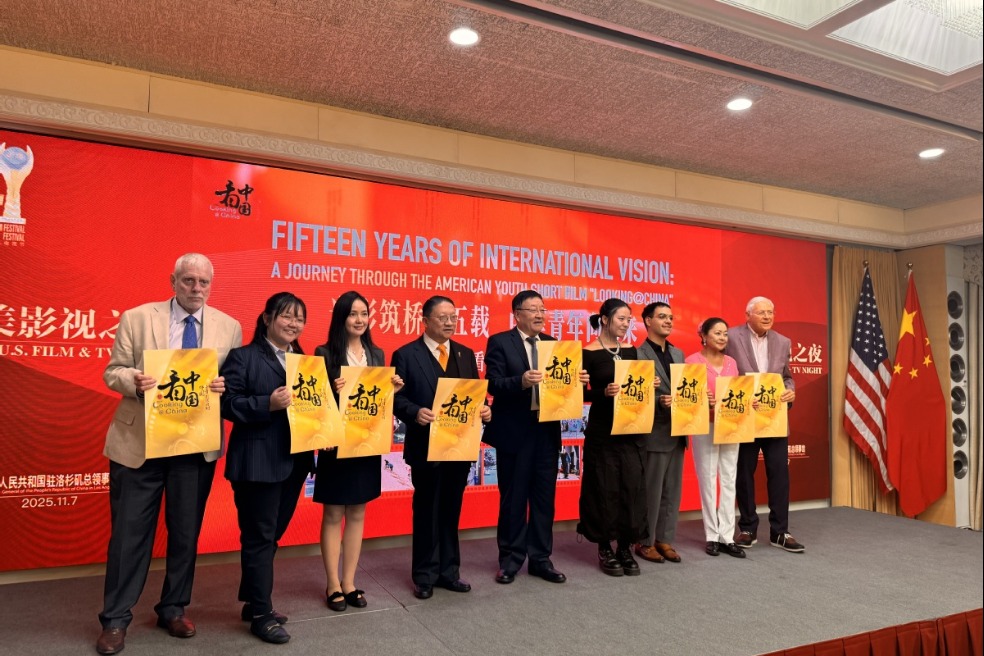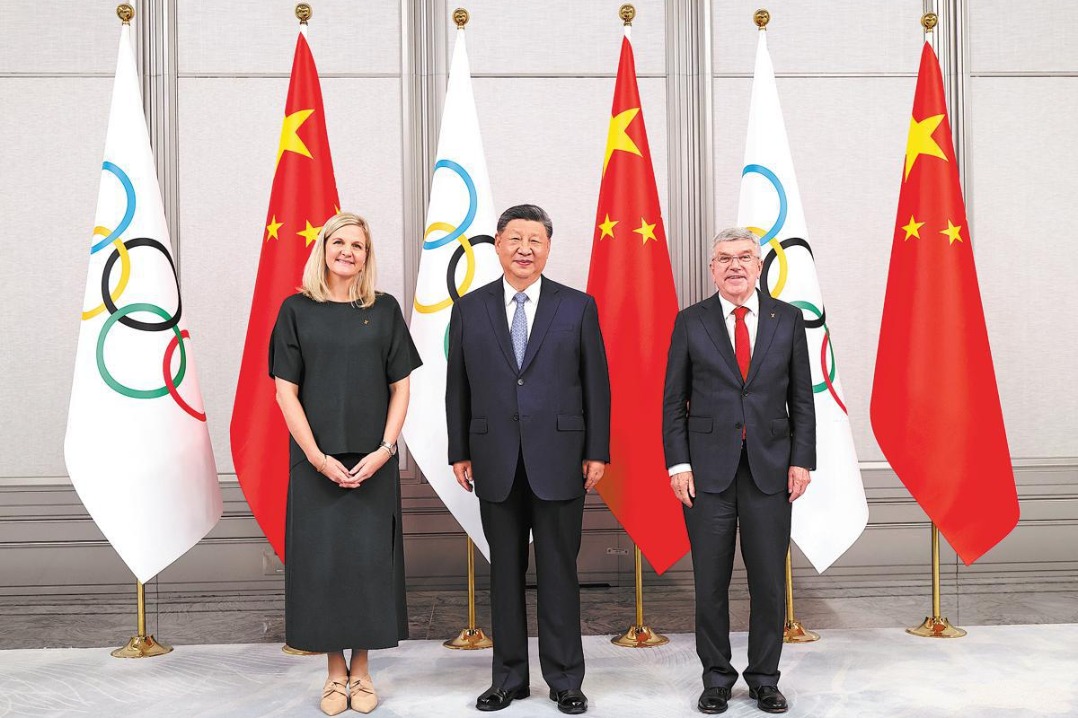Sugar more than a sweet taste in artisan's hands
China Daily | Updated: 2022-04-28 09:19

NANCHANG-As 34-year-old Xiong Chuanfa creates a lifelike fawn out of molten maltose in minutes, children look on with astonishment, as though watching a magician.
Xiong has been blowing sugar figurines, a traditional Chinese folk art that dates back over 600 years, for more than 20 years.
This unique art form begins with the maker heating sugar syrup to a specific temperature, drawing out a small portion, kneading it into a ball with a hollow center, pinching the edges together and stretching it into a tube. They then blow air into the tube and mold the sugar ball into different shapes. The art is listed as a State-level intangible cultural heritage.
Every morning, Xiong prepares his syrup and drives to Wanshou Palace, one of the most lively historical and cultural areas in Nanchang, East China's Jiangxi province, to start his "magic show".
"Many people, particularly children, are attracted by sugar art. After all, the ancient craft is fading," Xiong said.
Ngendakumana Pie Patrick Simon, who comes from Burundi, was tempted by a sugar figurine of Bing Dwen Dwen, the Beijing 2022 Winter Olympics mascot, that he saw at Xiong's stall and couldn't resist trying to make one himself. But he wasn't able to, despite numerous attempts. "It looks easy, but actually it's very difficult to do," said the student at Nanchang Hangkong University.
With Xiong's help, Ngendakumana was finally able to shape a horse. "I can't believe I've done this," he said, expressing his excitement with how a piece of sugar syrup had been crafted into something he called "truly spectacular".
Xiong said that the art of blown sugar figurines can be traced back to the Ming Dynasty (1368-1644) and that his family has passed down this intangible cultural heritage for four generations.
"My 6-year-old son often blows balloons out of sugar, just like I used to do as a child," he said.
Xiong's wife Wang Li does sugar painting, a form of traditional Chinese folk art that uses hot, liquid sugar to create two-dimensional objects on a marble or metal surface.
Ngendakumana was deeply impressed after learning the family's story. "No cultural heritage should be forgotten. It is a calling card of the splendor of Chinese culture and deserves to be known around the world," he said.
In addition to exhibiting their skills at fairs, the couple also visit colleges to show students the traditional art and allow them to experience its charm.
"Sugar paintings and sugar figurines are part of the childhood memories of generations of Chinese. We try to combine paper-cutting skills with modern element modeling, using traditional techniques that conform to current trends while striking a balance between beauty and taste," Xiong said. "We will spend the rest of our lives passing on this intangible heritage."
Xinhua
























